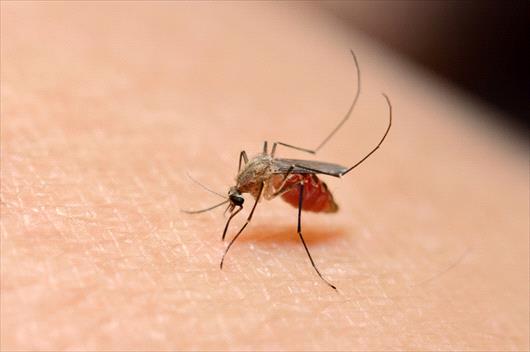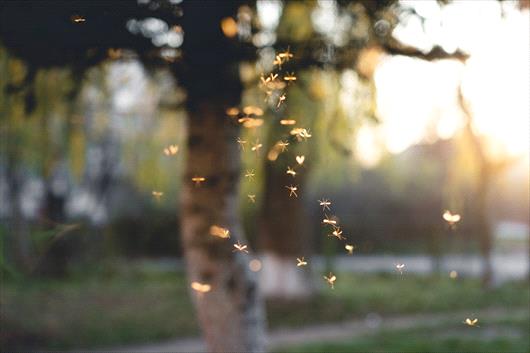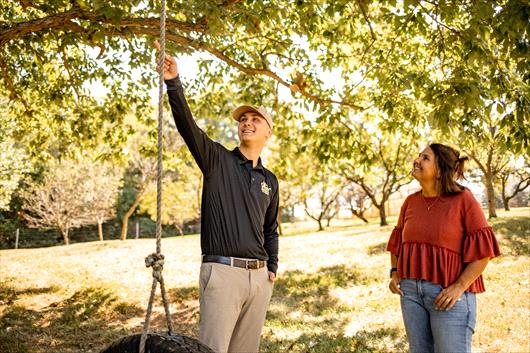Your Cart

The Life Cycle of a Tick (and Why It Matters to You)
May 30, 2023
As Lyme Disease Awareness Month comes to a close, it’s important to stay vigilant with tick prevention and monitoring throughout the summer and the rest of the year. Ticks are most active during warmer weather, but adult ticks can be active during the winter months, as long as the temperature is above 7 degrees Celsius. To understand when ticks are most active and when they pose the highest risk to humans and pets, let’s take a look at the tick life cycle. The life cycle of a tick spans about 2 years and consists of 4 stages: egg, larva, nymph, and adult. The tick needs to feed on a new host at every stage, and begins with little risk of spreading tick-borne illness, eventually becoming more and more dangerous as it matures. Egg Stage The tick life cycle begins in the spring, when the adult female tick lays thousands of eggs in one egg mass, about the size of a quarter. Unlike birds, who stay with their eggs to incubate and protect them, the female tick leaves the egg mass unattended. She dies soon after laying the eggs, completing her own life cycle just after beginning a new one. Larva Stage Tick eggs can hatch anywhere from a few weeks to a few months after they are laid, emerging as 6-legged larvae in the summer. Soon after hatching, the larvae need to find their first host and feast on their first blood meal. At this stage, the larvae are seeking small hosts, like rodents and birds, so they are unlikely to bite your family and pets. Since they are not born with any diseases or infections, they don’t start spreading tick-borne illnesses until after feeding on an infected animal. The larvae then hide for the winter months, continuing to mature. Nymph Stage By spring, the larvae molt into 8-legged nymphs, who again need to seek hosts. At this stage, they begin to target larger hosts, including deer, pets, and humans. Having fed before as larvae, the nymphs do present a danger of spreading harmful tick-borne illnesses, including Lyme disease, babesiosis, ehrlichiosis, and plenty more. Adult Stage Nymphs molt into fully developed adult ticks by fall or winter and once again seek a host. After feeding, adult ticks mate and the male dies soon after. The female lives a bit longer before laying eggs in the spring, starting the life cycle over again. Keep your yard protected from ticks during the most important times of year. Find a Mosquito Hero location near you and get a free quote today!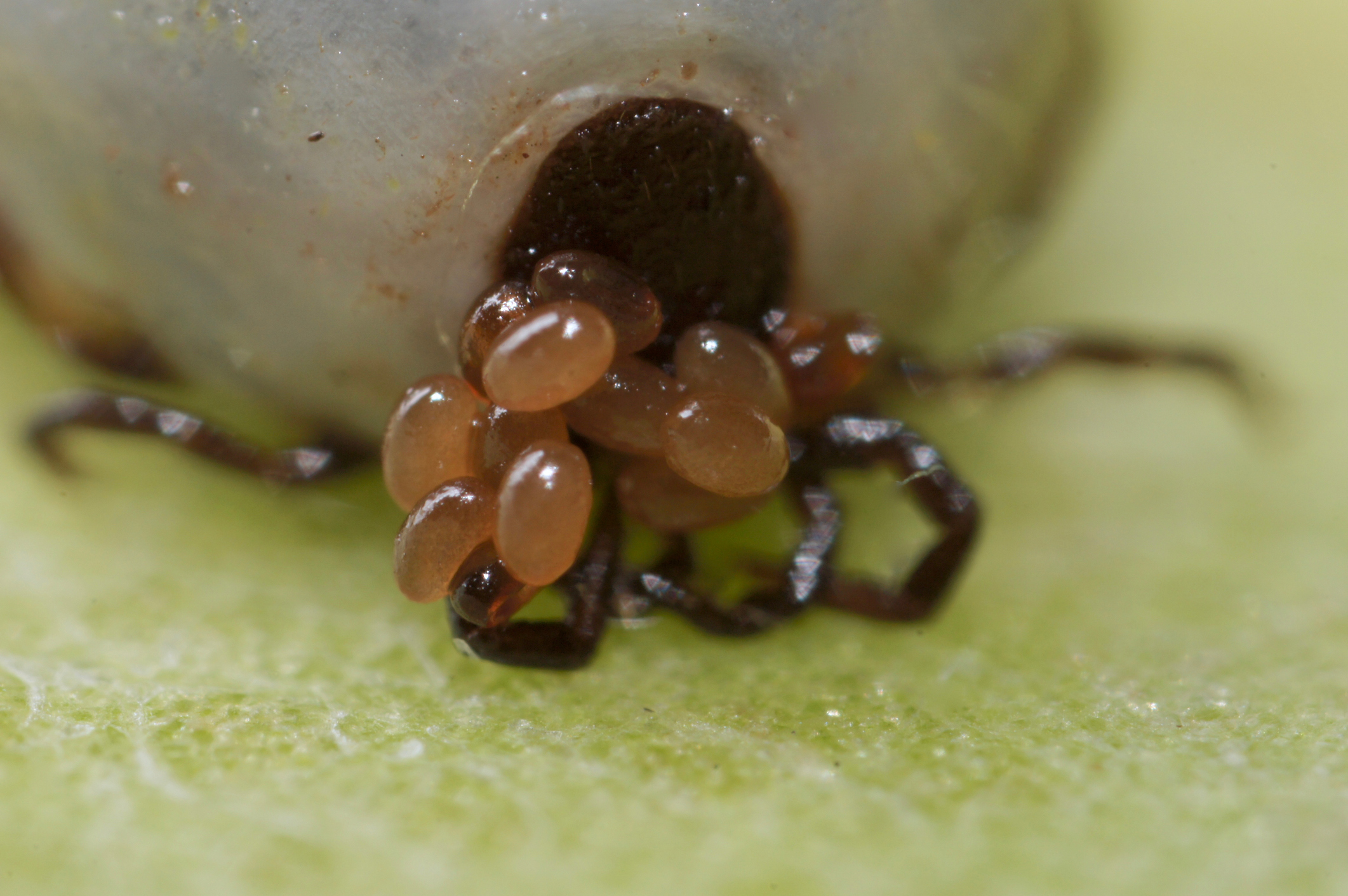
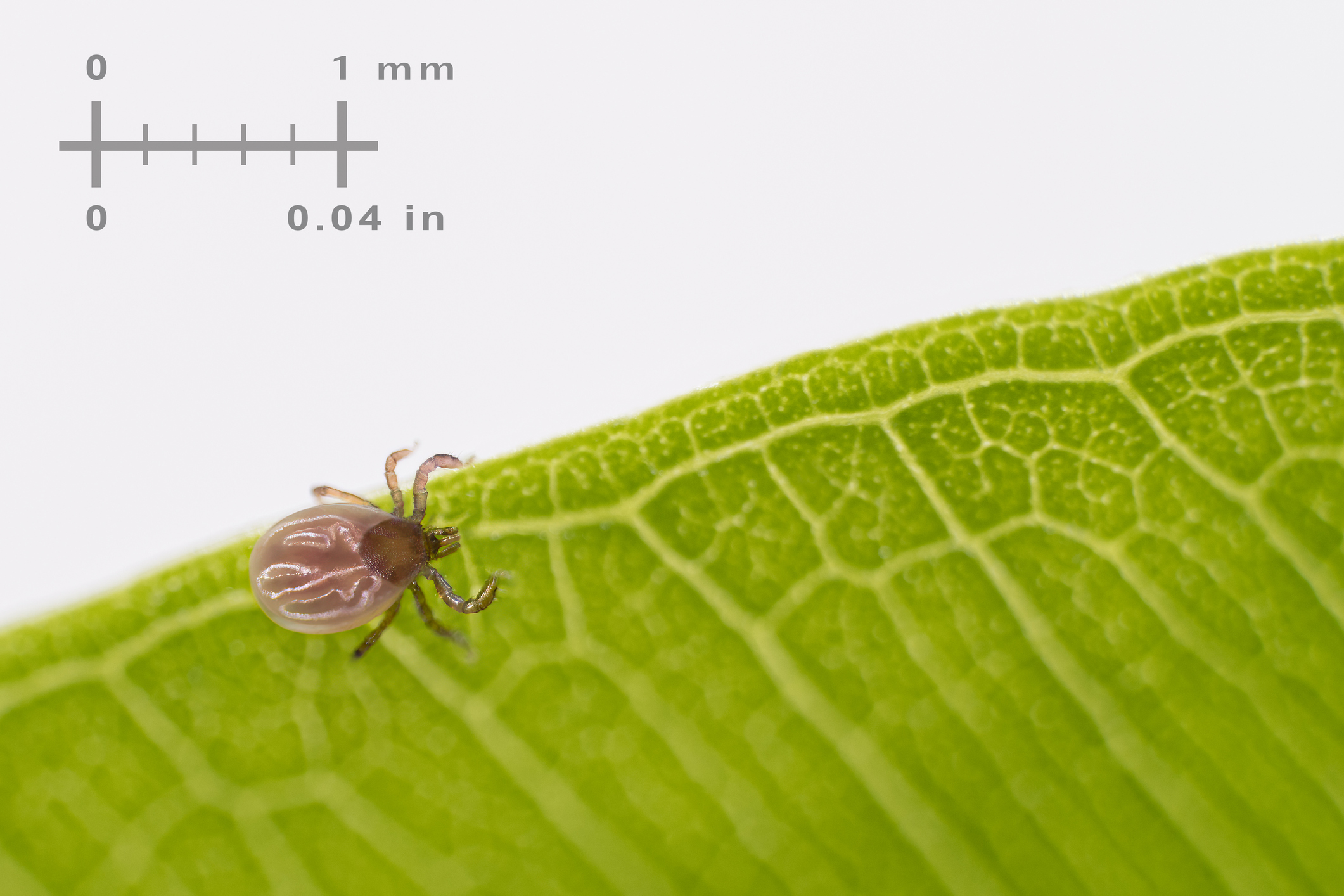
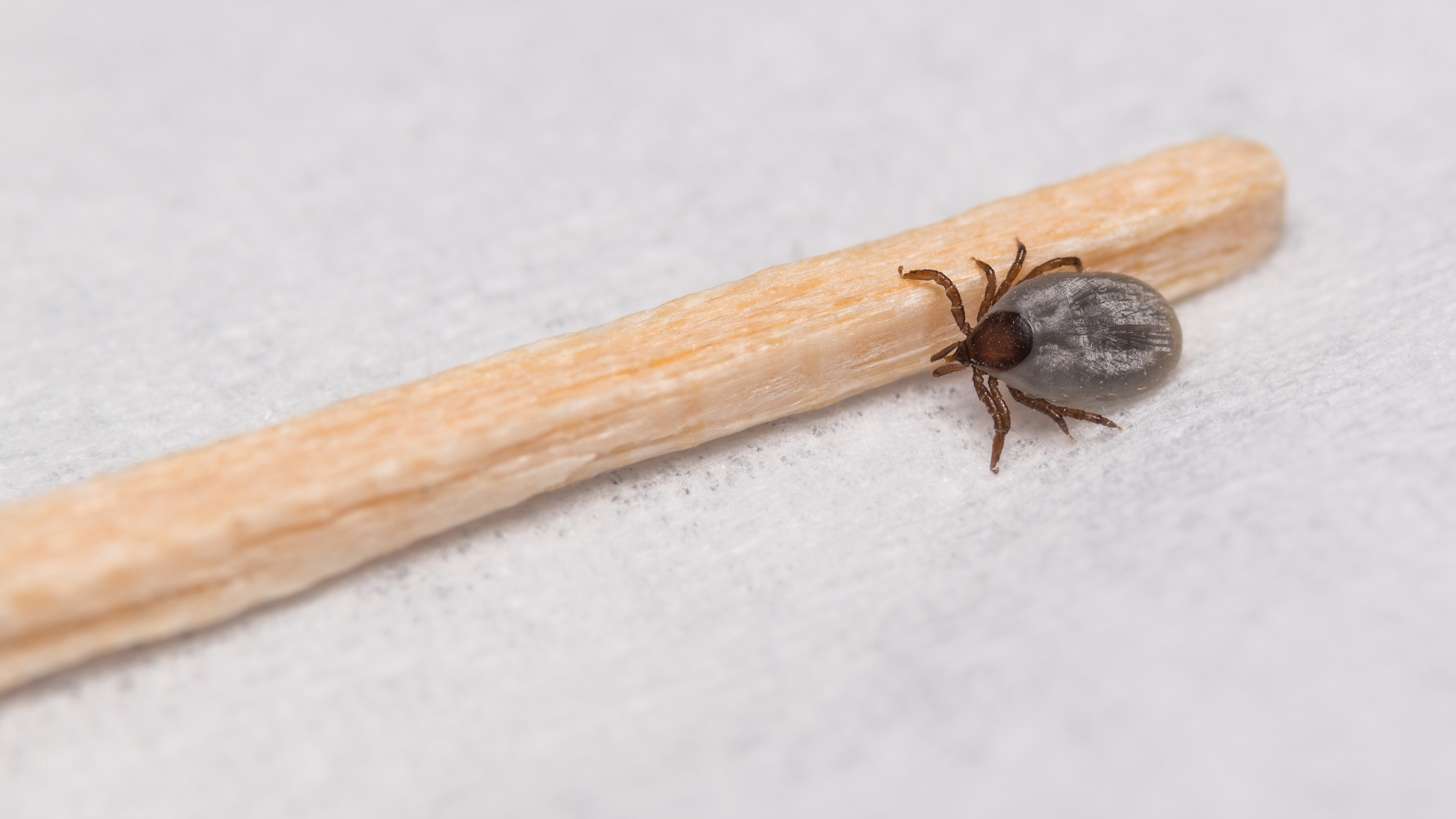
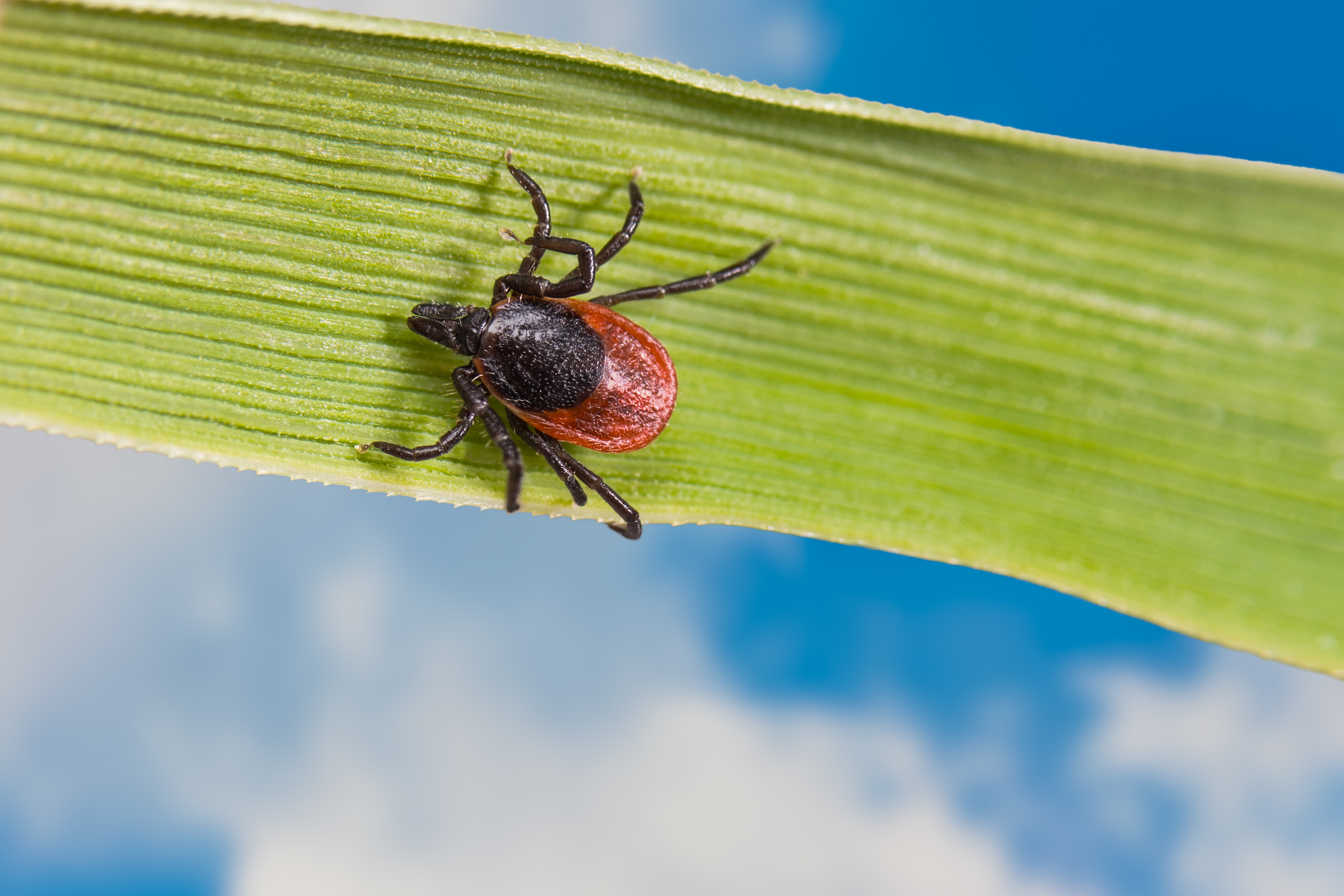
 English (CANADA)
English (CANADA) English (USA)
English (USA)

